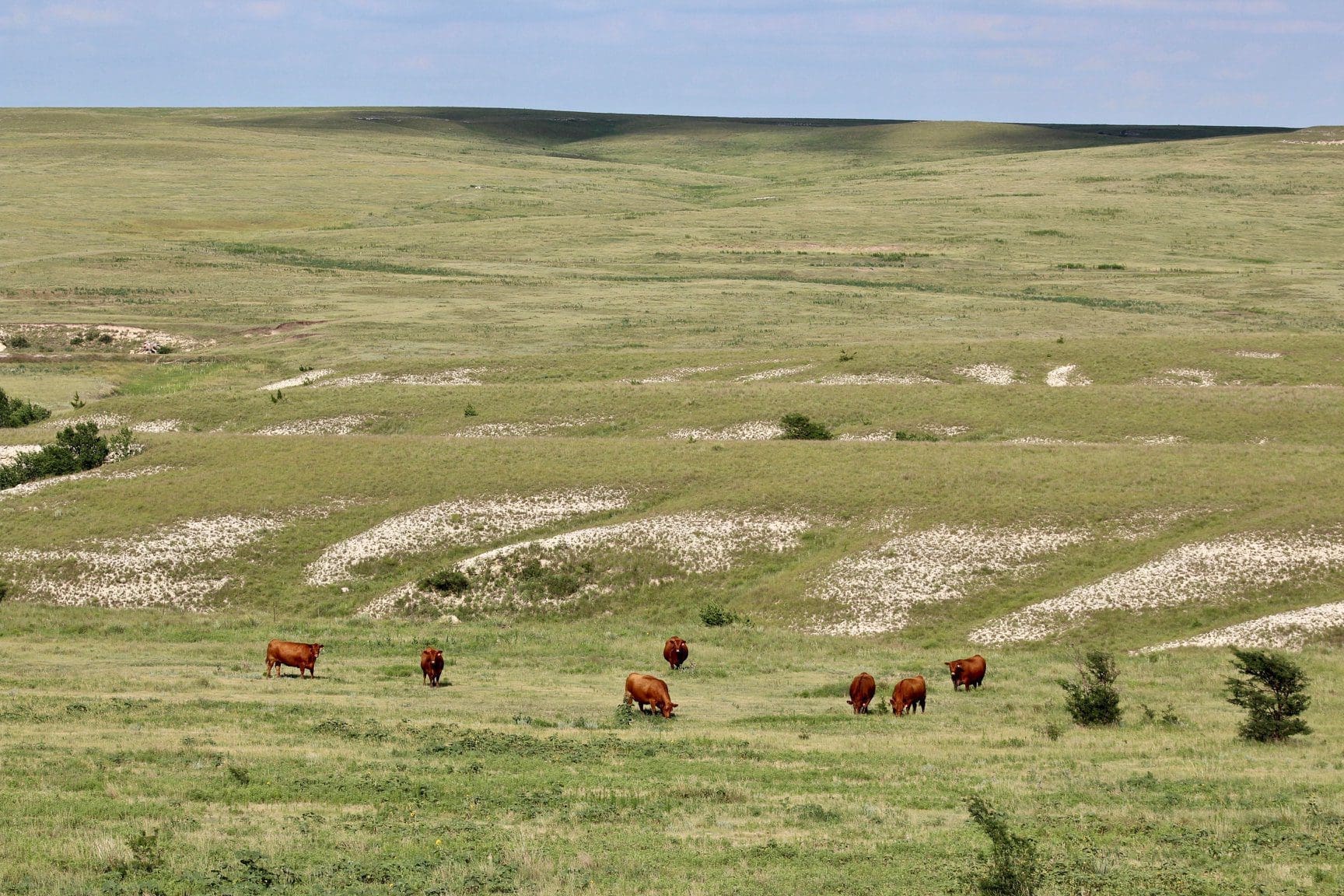
By Jayden Osborne Contributing Editor
During the spring of 2020, the entire world was faced with a pandemic that plagued consumers with uncertainties and worry. The concern that consumers had regarding the safety of their food kick-started a national sustainability check on American cattle producers.
Awareness and recognition of sustainability has been incorporated in every ranch. “After COVID-19 began, consumers worried about the food they were eating, so they began to learn more about farmers and ranchers,” says Steve Wooten, past chair of the U.S. Roundtable for Sustainable Beef and a cattle producer. “They were able to see how we care and have investments in our cattle, so of course we are going to do everything we can to keep progressing,”
What Is Sustainability and What Does It Mean to the Producer?
According to the U.S. Department of Agriculture (U.S. Code Title 7, Section 3103), sustainability is an integrated system of plant and animal production practices having a site-specific application that will:
- Satisfy human food and fiber needs.
- Enhance environmental quality and the natural resource base upon which the agriculture economy depends.
- Make the most efficient use of nonrenewable resources and on-farm resources, and integrate, where appropriate, natural biological cycles and controls.
Sustain the economic viability of farm operations. - Enhance the quality of life for farmers and society.
- Cattle producers apply these terms to their personal operations, but their reasoning for encouraging sustainability hits close to home. Producers represent and practice sustainability because, without it, their livelihood is gone.
“Sustainability is the ability to progress from one generation of cattle to the next and keep progressing to feed the world,” says Tommy Perkins, Ph.D., associate professor of animal science at West Texas A&M University and local cattle producer. “If we cannot keep providing livestock, then what are we going to do?”
“There are so many factors that tie into sustainability,” Wooten says. Forage management, animal health, cattle performance and natural resource conservation are just some factors mentioned.
“Our efforts to promote sustainability in this industry represents everyone,” he says. “The work we are doing is through the entire supply chain of producers, sale barns, feedlots, meat packers and consumers. The goal of sustainability is so different for each one.”
What Sustainable Practices Are in Place?
According to the U.S. Roundtable for Sustainable Beef, “There are Sustainability Assessment Guides (SAGs) that describe and define the metrics for each of the six high-priority sustainability indicators.”
These six indicators are water, air and greenhouse gases (GHGs), animal health, efficiency, employee safety and land resources.
Having a grazing management plan is one of the main practices incorporated into cow-calf operations that supports sustainability. This practice is the basis for preservation and conservation of the environmental resources that are involved with beef production. Grazing management plans (GMPs) maintain healthy grasslands, increases rate of water infiltration into soil, prevents soil erosion and slows the rate of water runoff.
According to the U.S. Roundtable for Sustainable Beef, “Increasing the number of producers implementing GMPs in the United States can have a significant positive impact on air and GHG emissions by protecting and improving soil and plant community health, and increasing the carbon storage capacity of soil to reduce losses to the atmosphere.”
The Beef Quality Assurance program is an industry-accepted, national program that provides producers with educational resources designed to improve beef safety and quality while improving cattle well-being. This program allows producers to learn more efficient ways to handle animals, reduces the needs for animal health products and reduces the risk of injury to employees.
Importance of Cow-Calf Operations to Communities
Rural communities such as the town of Kim, Colo., depend on the business that beef producers bring to the economy. Producers bring business to the local feed store and grocery store. Beef is the main industry in rural areas such as this. This industry keeps these small towns alive and well.
“This southern area of Colorado depends on ranchers,” Wooten says. “Producers are leaders in our community. They sit on the school board, coach sports and make up our fire department.”
Rural communities are not the only areas that depend on the beef industry. There are 2 million ranches and farms operating in the United States today that are vital to providing food for the population. The sustainability of this industry is key for feeding the world.







